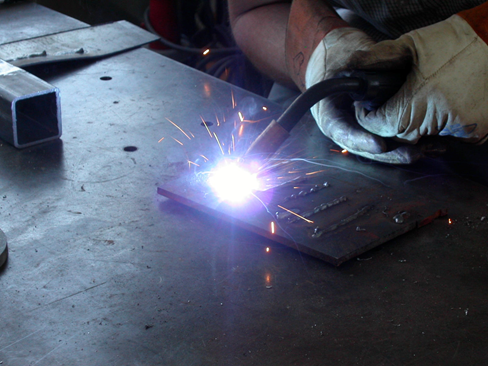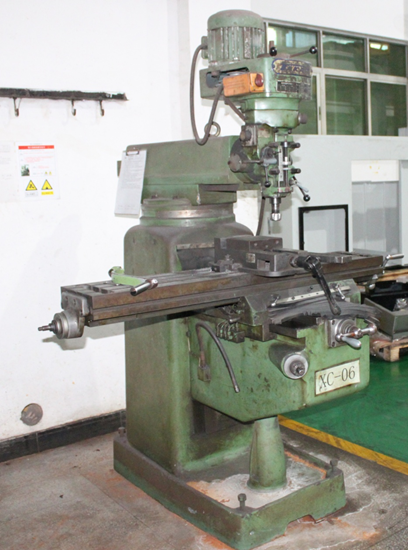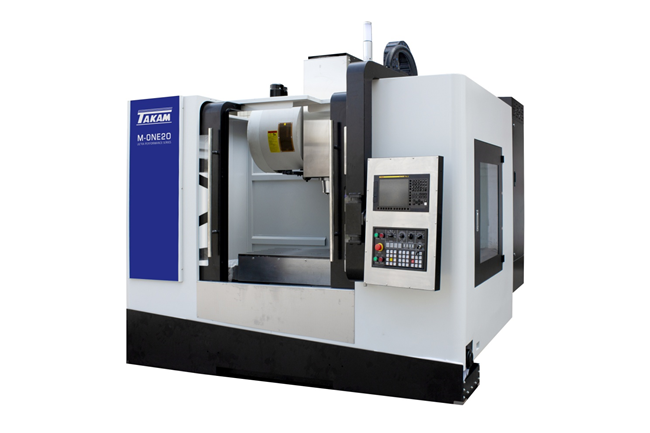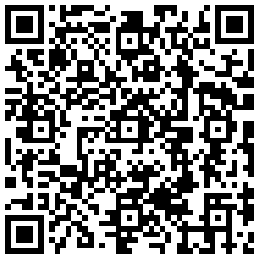
The history of computer numerical control (CNC)
As everyone knows the history of computer numerical control (CNC) goes through three stages.
Phase I: Manual operating apparatus
In the process of industrial modernization, human beings have experienced a long history of manual processing of parts.

Phase II: Numerical Control (NC) the 1950s
The first NC machines were built back in the 1940s. Slightly more advanced machines came along in the 1950s.
These manufacturing machines were constructed based on existing tools that were modified with motors designed to move the controls of the machine. These controls followed specific points that were fed into the machine on punched tape. These early mechanisms were soon improved with both analog and digital computers.

Phase III: Introduce computer technology into numerical control (NC) then we had computer numerical control (CNC) the 1960s-1970s
After World War II, John Parsons researched ways to improve aircraft by creating stiffened skins for them. Parsons Corporation in Traverse City, Michigan developed a system to produce templates for helicopter blades. John Parsons, who founded the company, discovered how to calculate airfoil coordinates on an IBM 602A multiplier. He then fed these data points into a Swiss jig borer.
This eventually led to a series of important Air Force research projects, which were conducted at the Massachusetts Institute of Technology (MIT). This research began in 1949. After the early planning and research phases, an experimental milling machine was designed at MIT. Professor J.F. Reintjes and his team of researchers were involved in this project.
Phase IV: Continuous escalation evolution
While there has been a tremendous change in the history of CNC technology, there are a few cornerstones that have remained unchanged. It still requires 3 primary components. These include a command function, a drive/motion system, and a feedback system.
As technology evolves in the future, there may be even more incredible elements to add to its history as manufacturing continues to promote the use of robotic and automated processes in nearly every field.

With the industrial integration into the era of substantial development of production, TAKAM resolutely entered the field of high and new technology in 1989.
Up to now TAKAM products including CNC milling machines, vertical machining centers, horizontal machining centers, CNC gantry machining centers, CNC lathes, milling machining center attack drill centers, CNC milling machines, and so on. The products are exported to Germany, Italy, the United States, Russia, Thailand, South Africa, Turkey, and other countries, covering Beijing, Shanghai, Tianjin, Chongqing, Fujian, Jiangsu, Zhejiang, Guangdong, Shandong, Henan, and other provinces and regions in the domestic.


 简体中文
简体中文







